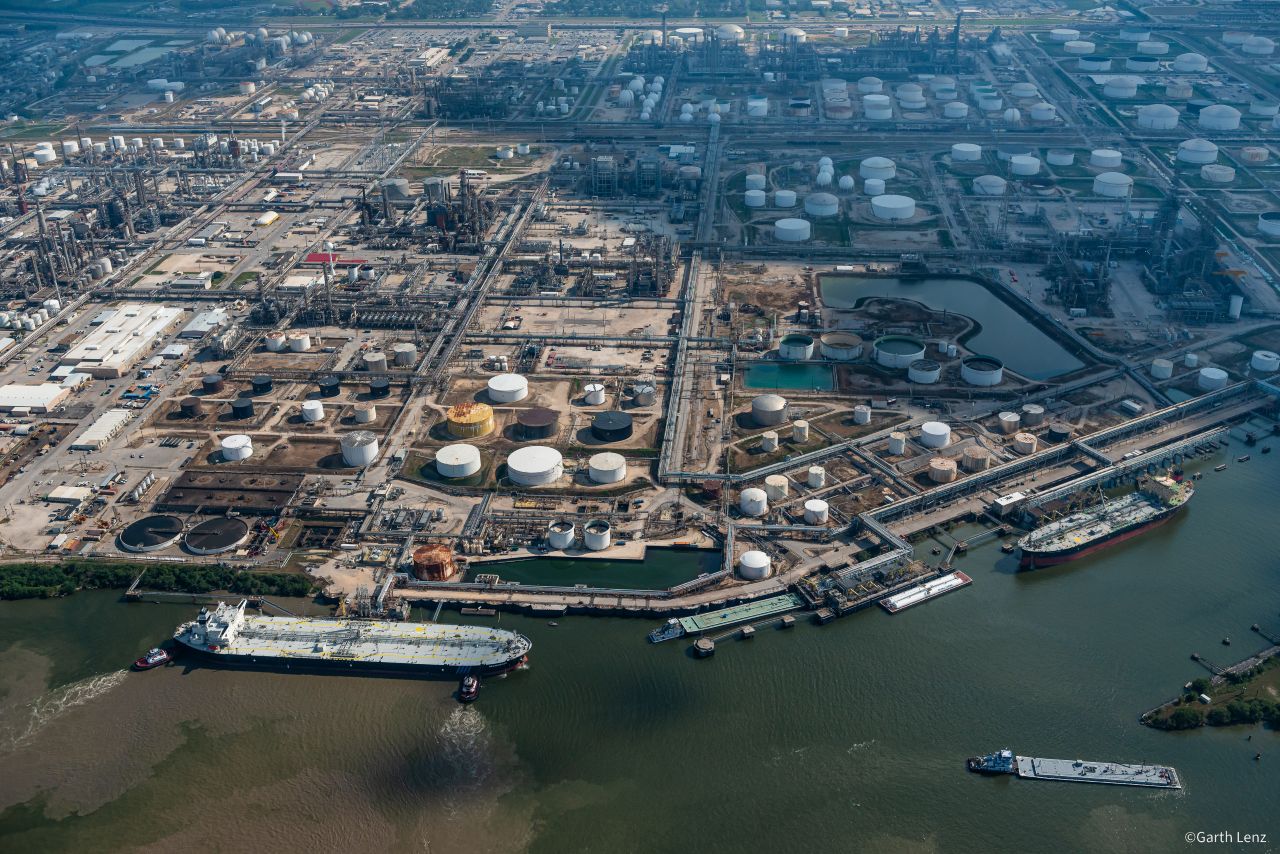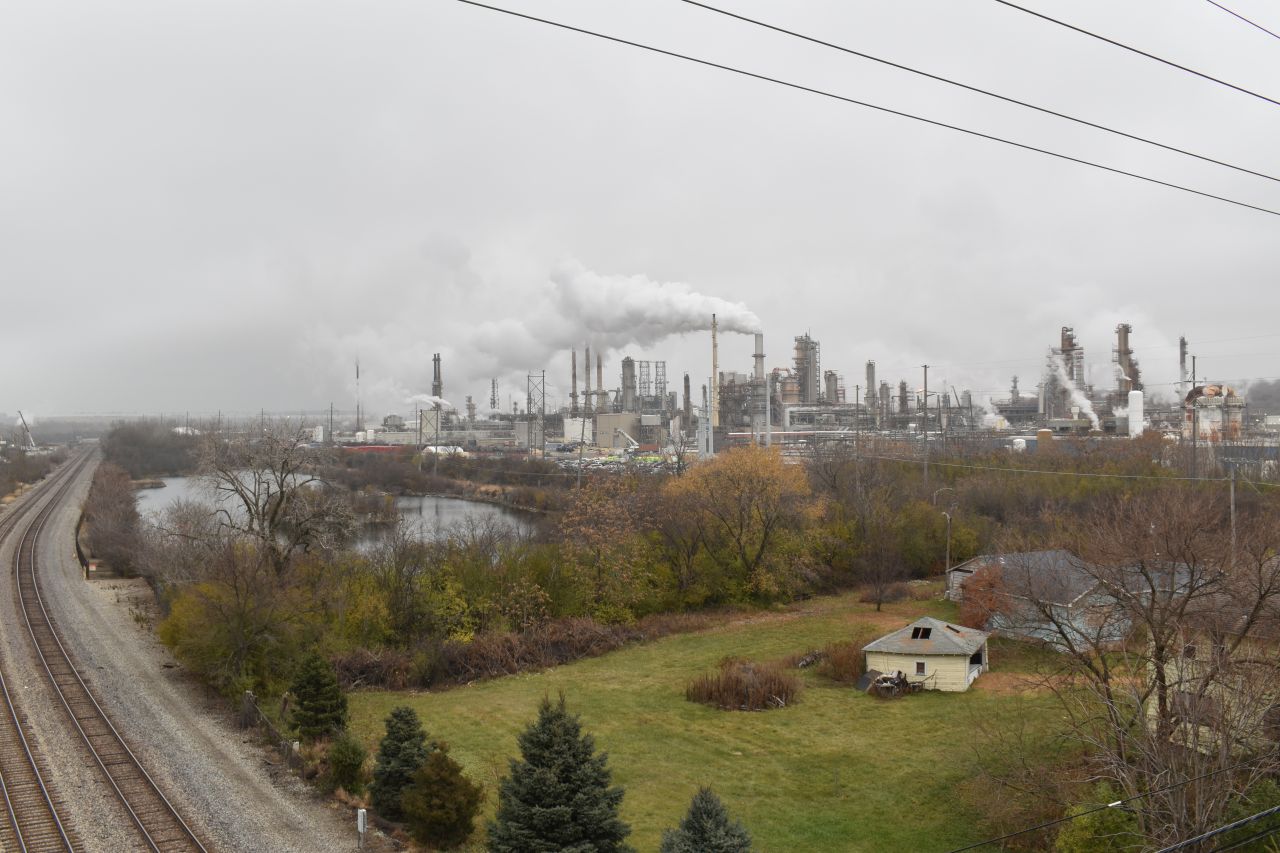New EPA report: Plastics chemical found in drinking water poses elevated cancer risk

A common byproduct of plastics manufacturing that is also found in consumer products and hydraulic fracturing fluid causes cancer risks to workers at up to 230 times the acceptable level, according to a new analysis by the Environmental Protection Agency.
On July 26, the EPA issued a draft version of a supplemental risk assessment for 1,4-dioxane, a likely carcinogen found in drinking water in hotspots across the U.S., particularly in the Los Angeles area, North Carolina, New York, and Illinois.
1,4-Dioxane is a colorless liquid with a faint sweet odor that has been used in the production of plastics and consumer products since the 1950s.. It has also been found in high concentrations in cosmetics, detergents, and shampoos, though the chemical is not found on these products’ ingredients lists. The chemical persists in the environment for years because it does not break down easily.
The EPA has not yet signaled whether it will use its findings to generate any new regulations meant to reduce the public’s exposure to 1,4-Dioxane. Environmental and chemical safety advocates say the agency should propose a maximum allowable level in drinking water that would require water suppliers to test for and reduce the amount of the chemical that makes it into peoples’ taps.
However, 1,4-Dioxane is notoriously difficult to remove from contaminated water sources, said Tasha Stoiber, an environmental engineer and senior scientist with Environmental Working Group who wrote a 2017 report examining 1,4-Dioxane in drinking water hotspots around the country. Most public water treatment plants do not have the advanced oxidation treatment systems that would be needed to remove the chemical, and even the most expensive home treatment systems cannot eliminate all of it, she said.
“Even reverse osmosis won't remove all of the 1,4-Dioxane in your drinking water, it will only remove part of it,” Stoiber said. “So preventing that pollution outright is going to be the best course of action, because once it's in water, it's extremely difficult to deal with.”
Because 1,4-Dioxane is present as a byproduct in so many different substances, the chemical tends to show up in most places scientists look for it, even when manufacturers don’t necessarily intend it to be part of their products.
In hydraulic fracturing fluid, 1,4-Dioxane is an ingredient in chemicals used to reduce friction and inhibit buildup in pipes used to pump a high-pressure chemical cocktail into underground shale formations, cracking open the rock and releasing oil and gas. Companies reported using 1,4-Dioxane at 411 different fracking sites across the country, according to the EPA.

Workers on fracking sites are among those most at elevated risk of cancer from 1-4-Dioxane, according to the EPA’s assessment. The risk ranges from 7 in 100,000 on the low end to 9.5 in 1,000 on the high end, according to the EPA. While that might sound low to the average person, public health toxicologists always consider any cancer risk above 1 in 10,000 to be unacceptable. In many cases, EPA toxicologists even consider risks above 1 in 1,000,000 to be too high.
But the population at greatest cancer risk are workers in plastics plants that produce polyethylene terephthalate, or PET, a common plastic used to make bottles, food packaging, and clothing. 1,4-Dioxane is a byproduct of making this type of plastic. The cancer risk for those workers ranges from 1.8 in 1,000 to 2.3 in 100, according to the EPA.
Much of the 1,4-Dioxane contamination in North Carolina, home to some of the U.S.’s highest concentrations of 1,4-Dioxane in drinking water, comes from discharge from plastics manufacturing plants and other industrial sites, according to a 2017 report by Environmental Working Group. Some of the highest concentrations of the chemical found in the U.S. show up in the watershed of the Cape Fear River downstream of Fayetteville, the state’s most heavily industrialized river.
Though workers are directly exposed to the chemical and bear the greatest cancer risk, it also poses an elevated cancer risk to the general public. According to the EPA, 1,4-Dioxane can be found in the air near industrial sites, such as plastics plants. For air releases, the largest emissions have been in Illinois (9,943 kilograms per year), South Carolina (3,495 kilograms per year), and Texas (2,097 kilograms per year).
People swimming in waters downstream of industrial sites can also be exposed to the chemical, according to the EPA. The agency’s draft analysis found that the largest releases of 1,4-Dioxane to surface water from 2014 to 2019 have been from PET manufacturing plants in Tennessee, Alabama, and West Virginia.
Vasilis Vasiliou, a molecular toxicologist who chairs Yale's Environmental Health Sciences department and has researched 1,4-Dioxane specifically, said the EPA's figures are based on the limited research available and that more research needs to be done on the cancer risk it poses in humans. This includes studies of people exposed to high levels of the chemical while at work.
"We need a real study -- not with 30 people, not with 60 people, you need at least 500 people," Vasiliou said.
Adrienne Esposito, executive director of Citizens Campaign for the Environment, a New York-based nonprofit organization, said her group first became aware of 1,4-Dioxane when test results showed high levels in drinking water around Long Island, which depends on underground aquifers for all its water. They soon learned that it was coming from Long Island residents’ septic systems because of common consumer products used in the home and dumped down the drain.
They began testing consumer products, she said, sending samples off to laboratories. The group found 1,4-Dioxane in 65 of the 80 products they tested. The highest concentrations were in Victoria Secret’s shower gels, Tide laundry detergent and Dreft baby laundry detergent.
“It turns out we found out Victoria's Secret, and it’s that she's poisoning us,” Esposito said. In 2020, Citizens Campaign for the Environment persuaded the New York legislature to pass the country’s first limit on 1,4-dioxane in drinking water: 1 part per billion. Esposito described the fight to pass the bill as an “unbelievable battle.”
“Every industry in America, and maybe even out of America, was in Albany lobbying against the bill,” she said. “But we won, and we got the bill passed.”
The group is now helping recruit Long Island residents to participate in a study to test for 1,4-Dioxane levels in people’s blood, Esposito said. So far, they’ve managed to get 300 volunteers.

1,4-Dioxane is the first of 10 toxic chemicals the EPA is required to review under the Frank R. Lautenberg Chemical Safety for the 21st Century Act, signed into law in June 2016. The law required the EPA to evaluate the risks of these chemicals under the Toxic Substances Control Act, which had not been updated in 40 years.
The EPA’s next step is to have its Science Advisory Committee on Chemicals review its findings on the chemical at a meeting September. Esposito said the agency’s next step should be to set a regulatory standard for 1,4-Dioxane in drinking water, similar to that in New York. That type of regulation is called a maximum contaminant level, or MCL.
“We are hoping that they will propose a federal MCL, because that would help expedite companies reformulating their products so that it’s not actually produced,” Esposito said.
EPA is accepting public comments on its 2023 Draft Revised Risk Determination for 1,4-Dioxane and the new analysis used to support the determination, the 2023 Draft Supplement to the 2020 Risk Evaluation for 1,4-Dioxane, until Sept. 8, 2023.















